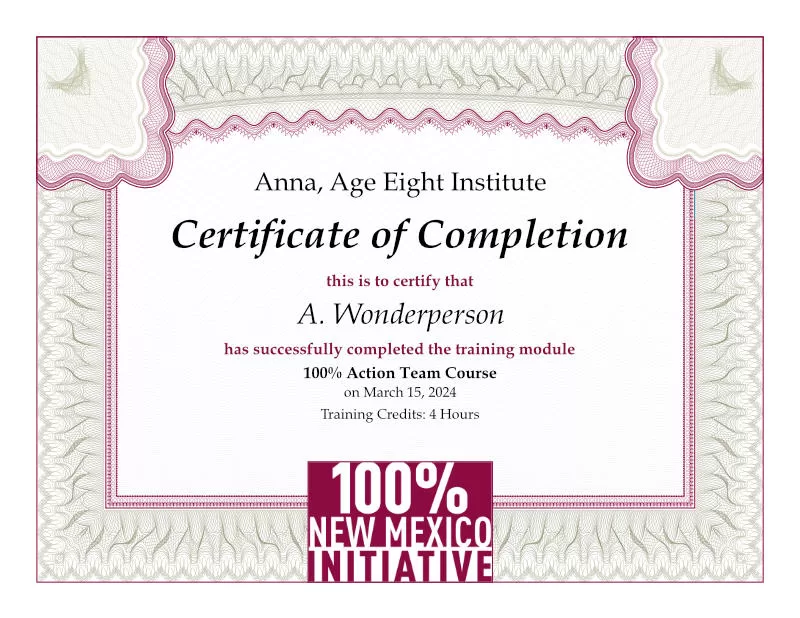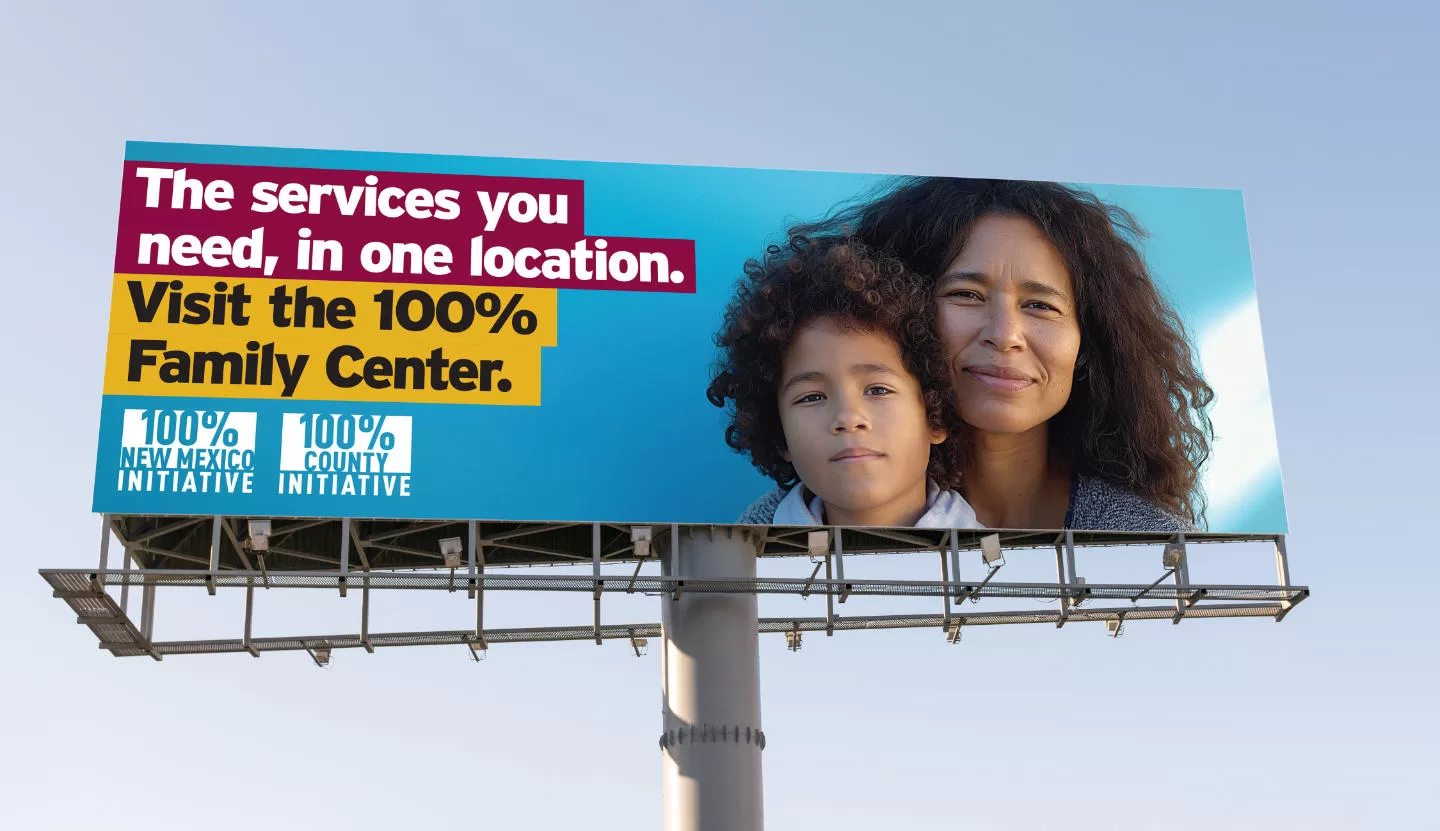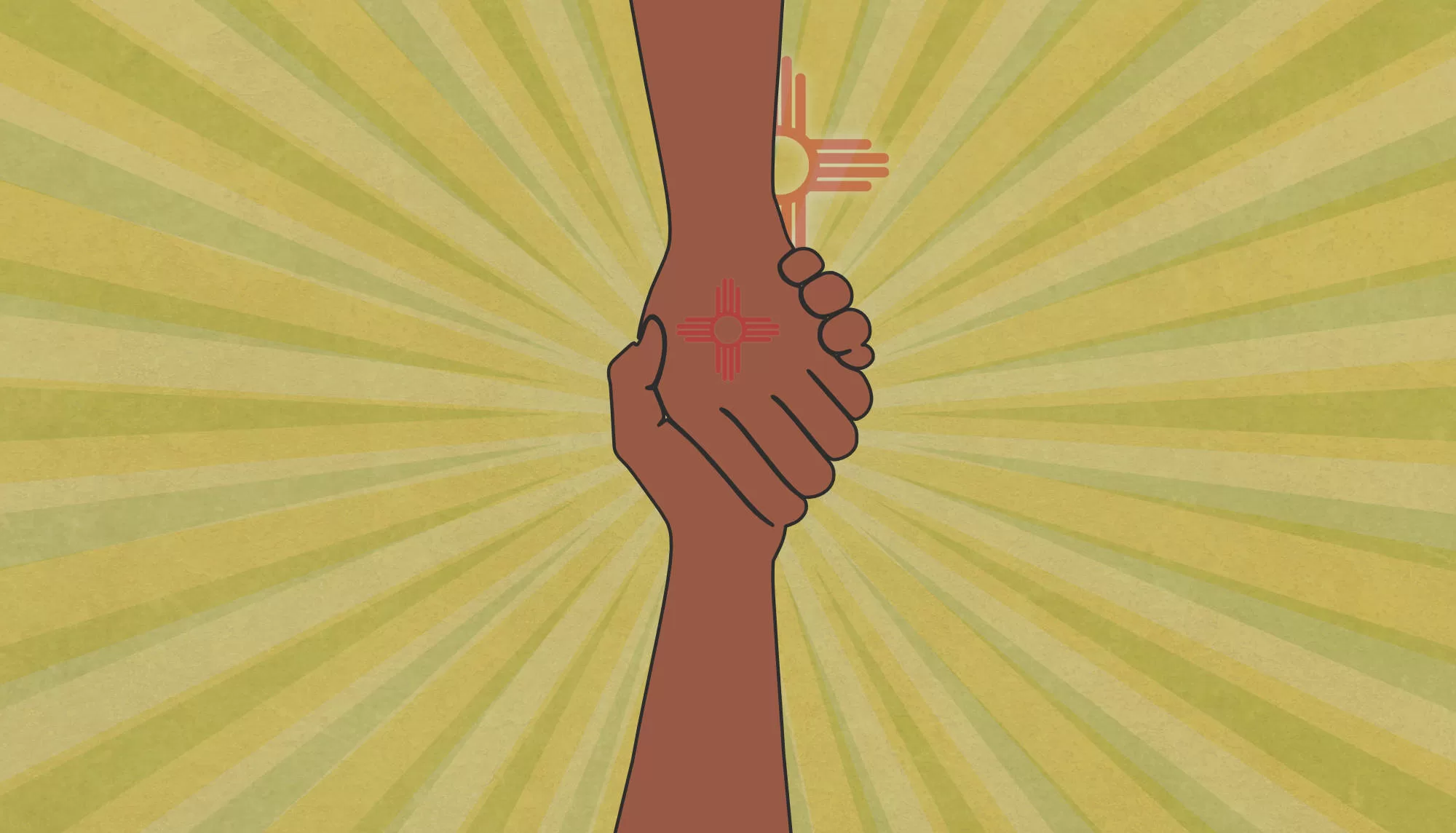Why 10 Vital Services Are Critical to Every Public Health, Safety, and Education Project
If you are working on preventing opioid addiction or other substance use disorders, illness, injury, violence, child neglect, abuse and trauma, low student achievement, lack of job readiness, or crime your success depends on using the social drivers of health framework. This is a plan to ensure ten vital services for surviving and thriving. Failure to do so will lead to a lack of positive outcomes.
Katherine Ortega Courtney, PhD and Dominic Cappello, PhD
Amid colliding public health crises across New Mexico and the nation, one can discover a variety of public health, safety, and education projects unfolding in New Mexico. To illustrate how ten vital services are key to solving every social challenge today, let’s use the example of a costly public health challenge in the form of the opioid crisis.
We start with understanding root causes. Opioids are one of many substances that can lead to substance use disorders, including alcohol and marijuana addiction. Ironically, alcohol, marijuana, and prescription drugs are aggressively marketed in the US by corporations. We have had a war on drugs for decades, spending billions to block shipments from across the border–products that are sold to meet an insatiable need among Americans. Substances, both legal and illegal, are supplied to people eager to self-medicate. We know from decades of research why many youth become addicts and why adults fail to recover from addiction.
One root cause of addiction is that children are growing up in households with adverse childhood experiences (ACEs), years of abuse, and neglect combined to motivate young people to deaden feelings of trauma, fear, and anxiety. Adding to ACEs, another root cause of substance use disorders is children and their family members living in communities that lack access to vital services such as medical care, mental healthcare, transportation, food security programs, and affordable and safe housing. These services represent the social determinants of health (SDOH), which half a century of research points to as the driver of health, safety, education, and quality of life.
Our cities and county state governments do not guarantee children or their families access to vital services for surviving and thriving. Those suffering from addiction, and their families struggle to access the services to heal an individual, a family, and a community. Why, one might ask, does one of the wealthiest countries on earth not ensure every child, as well as every person suffering from a substance use disorder, access to vital services? One attitude on the part of the government is that people should pull themselves up by their bootstraps, which would include traumatized sixteen-year-olds living in households where substance use disorders lead to violence, illness, injury, and fatalities. We blame our most vulnerable members of society for their problems.
Having a courageous conversation
Another way of looking at the problem, which can be very uncomfortable to discuss even in university circles, is that we live in a society guided by the ideologies of classism, racism, sexism, and ageism. Our history of discrimination is well documented. These terms ending with ‘ism” are used widely in higher education lessons exploring discrimination in public health, education, and social work courses. Those who study the research focused on the social determinants of health will understand the challenges and opportunities that come with ensuring vital services for surviving and thriving. These are not lessons taught in high school, though they would be very helpful to young people wondering why their family suffers and can’t find help when addiction or other problems appear.
The way forward exists
When we look at the problem of opioid addiction or any substance use disorder, the only way to develop an evidence-based prevention and treatment strategy is to think “big picture” and multi-sector. We know our people, addicts and nonaddicts alike, require access to vital services to keep healthy, safe, and resilient. Local stakeholders seeking an evidence-informed strategy have the monumental task of ensuring ten vital services are accessible within a county. To use the lens of the social determinants of health to guide substance use disorder prevention and treatment means to understand how important the varied services that drive health are. One must also acknowledge how inaccessible these services can be due to cost, lack of providers, long waiting lists, inability to qualify for service, unfriendly hours, and lack of transportation to services.
This brings us back to county stakeholders addressing substance use disorders which involves reviewing the research into how to prevent and treat addiction by addressing the lack of economic opportunity, financial instability, housing insecurity, and lack of access to medical and mental healthcare which could address persistent physical pain, feelings of despair, helplessness, and untreated mental health issues.
The 10 challenges
For a county to develop a successful substance use disorder project or any (emphasis on any) public health, safety, and education solution, the following ten challenges must be addressed in a multi-sector countywide strategy. As you read about the challenges to be met and services to be made accessible, it is clear that a new type of multi-sector organization must be invented to coordinate the work in ten interrelated service sectors.
Challenge #1: Ensuring medical care: We must have accessible medical care to provide evidence-based treatment for opioid use disorder and all health challenges. This requires addressing provider shortages through long-term workforce development programs. Prenatal care must be readily available to address potential future problems with mothers and infants.
Challenge #2: Ensuring mental healthcare: We must have accessible mental healthcare for those with opioid addiction, as well as any other mental health challenges. This counseling can focus on identifying the root cause of addiction which typically tracks back to ACEs and adverse SDOH. This requires addressing provider shortages through long-term workforce development programs as well as the implementation of telehealth models. Early access to mental healthcare, in its many forms, can prevent problems before they occur.
Challenge #3: Ensuring stable and safe housing: We must build the type of affordable housing with assisted care required to support those requiring affordable options, including those recovering from addiction. We must provide housing to all families as part of preventing children from growing up in unsafe neighborhoods. Rapid rehousing programs are required to help those in domestic violence situations.
Challenge #4: Ensuring food security programs: We must ensure that all those vulnerable to food insecurity, including those recovering from addiction, have access to healthy foods. Preventing hunger is part of preventing the desperate situations that lead to the neglect of children and teens.
Challenge #5: Ensuring transportation: Transportation to vital services, job training, and work is required to support those in recovery, as well as those in the general population reporting transportation insecurity. Surveys reveal that transportation is a significant barrier to accessing most vital services.
Challenge #6: Ensuring job training and placement programs: Stable employment and a sense of self-sufficiency are vital for recovery from substance use disorders. Special programs that can work with those in recovery are required, including support with enrollment, tutoring, and web-based instruction. Job training in this period of workforce disruptions is a vital service for every New Mexican.
Challenge #7: Ensuring schools are places to address ACES and adverse SDOH: Schools can address both trauma and adverse SDOH, meaning lack of access to vital services, by creating school-based health centers and family resource centers that serve as one-stop service hubs for families. Schools staffed with social workers and behavioral healthcare providers create a countywide infrastructure for recovery covering all forms of substance use disorders, as well as untreated medical and mental health challenges.
Challenge #8: Ensuring parent support: Programs like home visitation can begin during prenatal care and in the maternity ward to provide all mothers with the support they require to keep healthy and safe from substance use disorders and a host of other challenges related to lack of local services. Home visitors can serve as navigators to vital services and support in addressing a household with a person recovering from addiction.
Challenge #9: Ensuring early childhood learning programs: These programs enrich a child’s life and prepare them for 13 school years. Staff can also be navigators to vital services for parents and an extra pair of eyes on children to identify any potential risks related to growing up in a household where members may be recovering from addiction or other health challenges and require support connecting to vital services.
Challenge #10: Ensuring mentorship for adults and youth: Mentorship can support all youth and adults, especially those in a process of recovery. Mentorship can also strengthen the quality of life of children and youth. Mentorship can support social-emotional health, school achievement, and job readiness, along with being a vital support on the road to recovery.
The model for preventing and treating addiction (and every other health, safety and education challenge) exists
While this article used opioid addiction as the problem, we could just as easily have substituted the challenges of child neglect and trauma, low school achievement, and lack of job readiness. The bottom line is that to successfully change behaviors, from unhealthy to healthy, requires a multi-sector approach. While a person might immediately require mental healthcare, the need for safe housing, stable food, and accessible transportation will appear. And that means we treat the whole person, the whole family, and the whole community. Cures for each of our social challenges don’t exist in siloes, they exist in fully resourced and caring communities where 100% of residents are supported.
If the challenges above (ten vital services made accessible to all residents) sound familiar, it might be because the 100% New Mexico initiative is designed to ensure positive health drivers in the form of ten vital services and to create safe home situations that prevent ACEs. The good news is that we have the framework to guide the development of services. We know which service barriers exist because of the 100% Community Survey. We know from research the value of creating a 100% Family Center: One-Stop Service Hub where visitors can access the ten services onsite online or through staff navigators. We know how to create a local team of social determinants of health project leaders to grow services, including setting up programs to address shortages in healthcare providers, teachers, and social workers.
The last missing piece of the puzzle: realistic funding
Today in New Mexico, while county stakeholders are poised to supercharge their current public health efforts, they are missing the funding to do the comprehensive multi-sector work of preventing and treating addiction and the host of public health, safety and education challenges that come with it. Creating a one-stop service center in each county could easily be done by state, county, and local governments investing 1% of their budget in the creation of 100% Service Hubs. It’s as easy (or as difficult) as that to make a prevention and treatment center for all substance use disorders, as well as a center to provide the services that prevent ACES, hunger, homelessness, low school achievement, lack of job readiness, and untreated medical and mental healthcare challenges.
To do the real work of health promotion that treats addiction and all health challenges is not a multi-billion dollar mission to Mars project. Funding exists today, but political will is only slowly evolving. The plan for 100% Service Hubs awaits funding and can be up and running in mere months, as they will be built onto existing family-serving organizations. All we need is the political vision and will to make the most effective return on investment in New Mexico.
Mission: The 100% New Mexico initiative is dedicated to ensuring that 100% of families can access ten vital services crucial for their overall health, resilience, and success. This university-sponsored endeavor necessitates the local implementation of evidence-based strategies encompassing both community and school-based service hubs, aiming to prevent the most pressing and costly public health and safety challenges, including adverse social determinants of health and adverse childhood experiences.
Did you know? Our transformational 100% New Mexico initiative is guided by web-based, self-paced courses provided free to all New Mexicans.

Don’t miss a blog post! Get notified!
The 100% New Mexico initiative is a program of the Anna, Age Eight Institute at New Mexico State University, College of Agricultural, Consumer and Environmental Sciences, Cooperative Extension Service. Contact: annaageeight@nmsu.edu or visit annaageeight.nmsu.edu to learn more.








